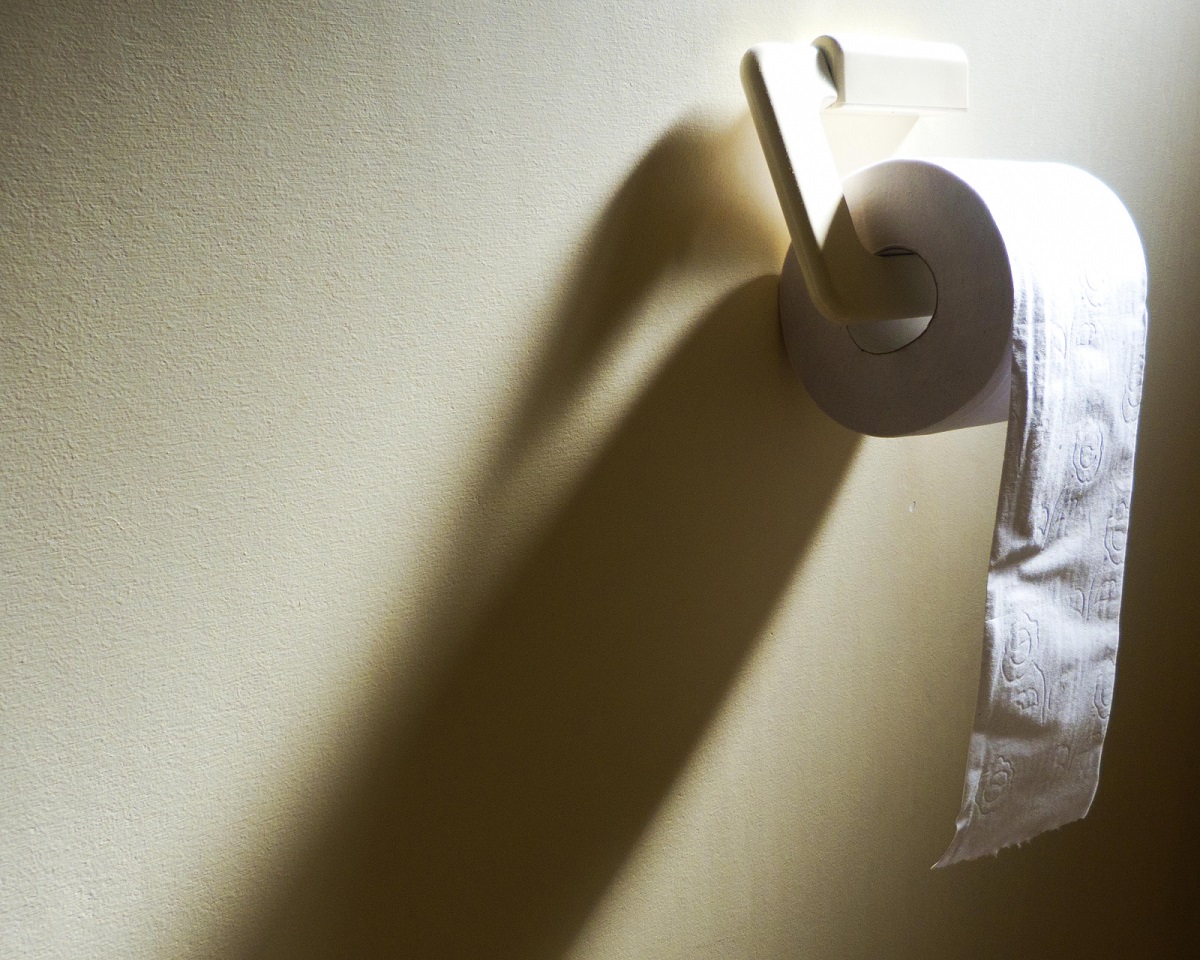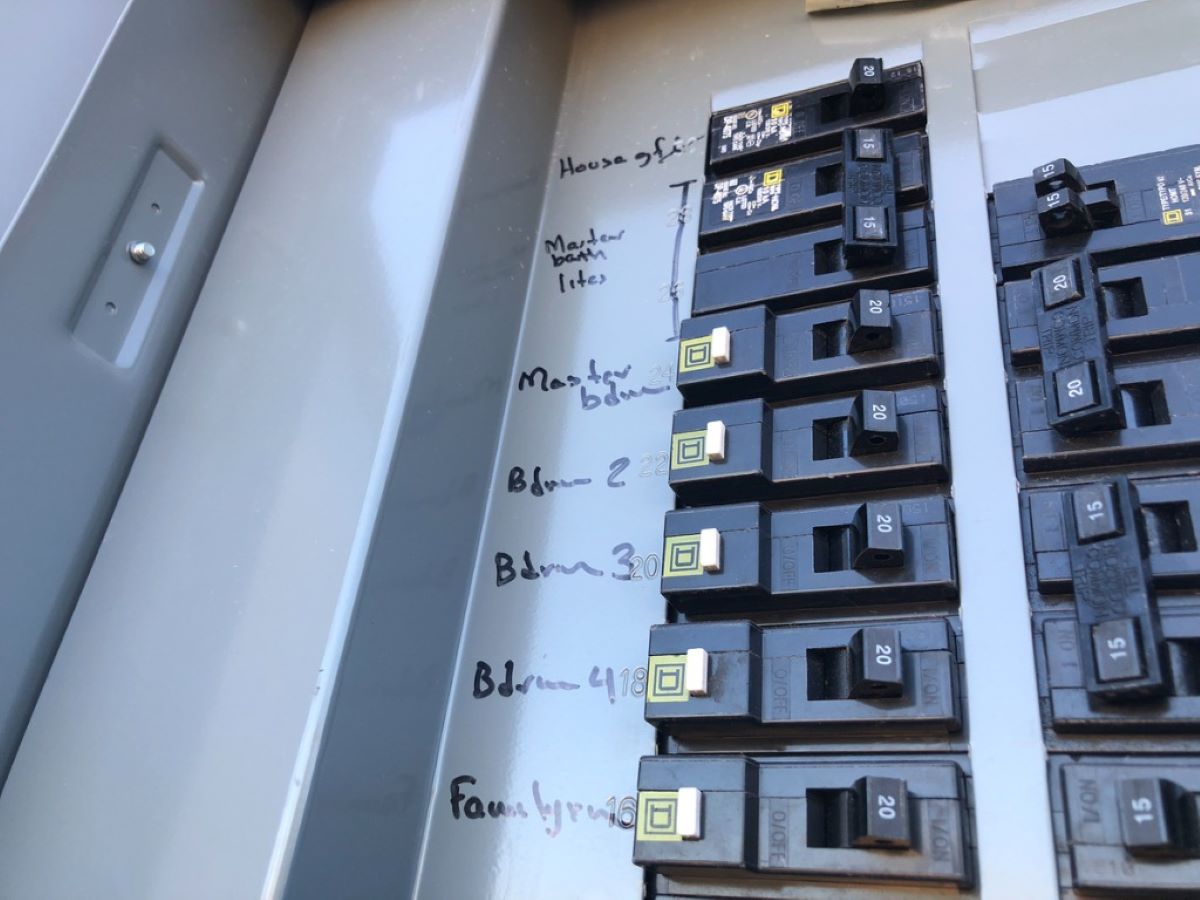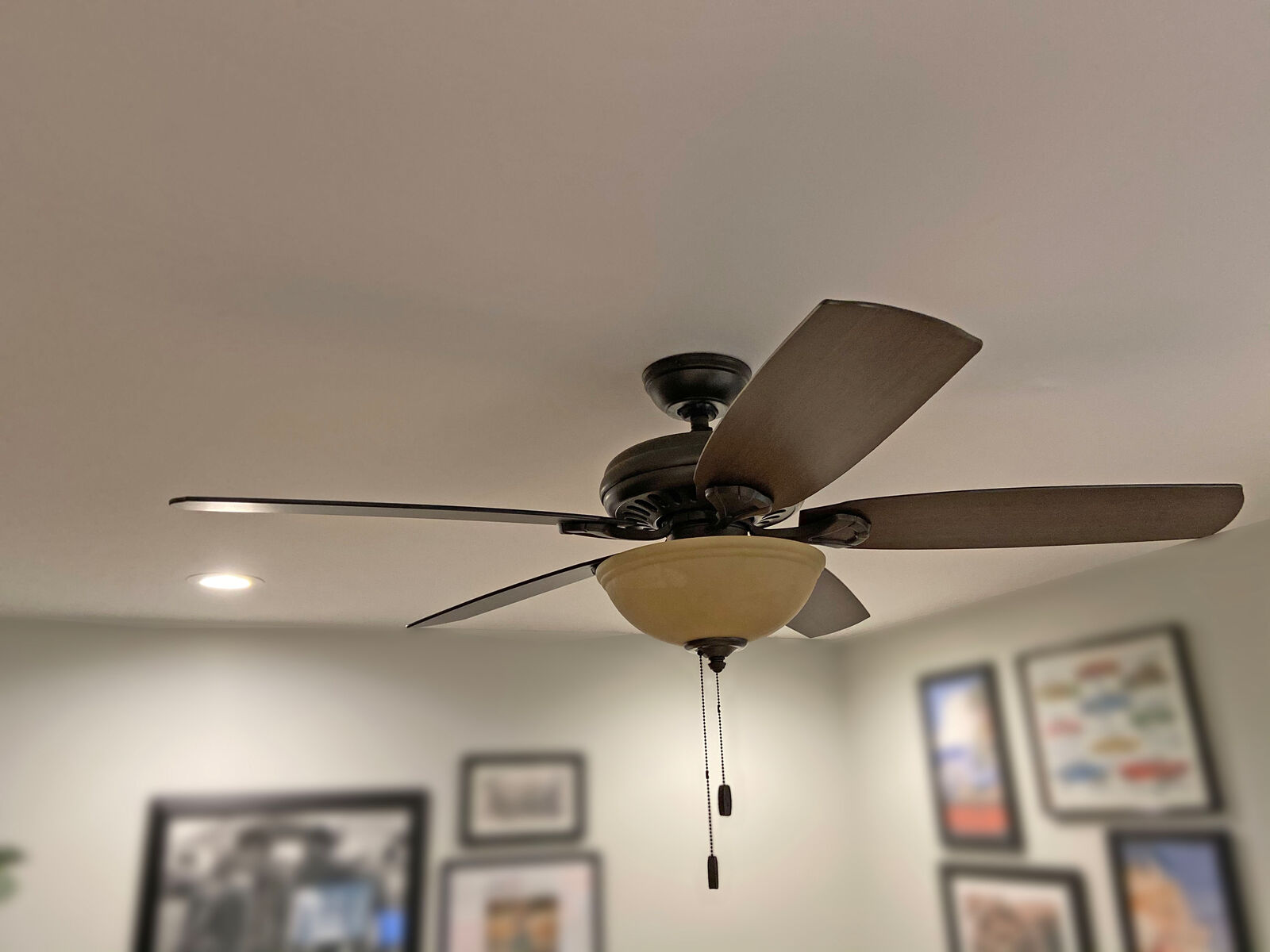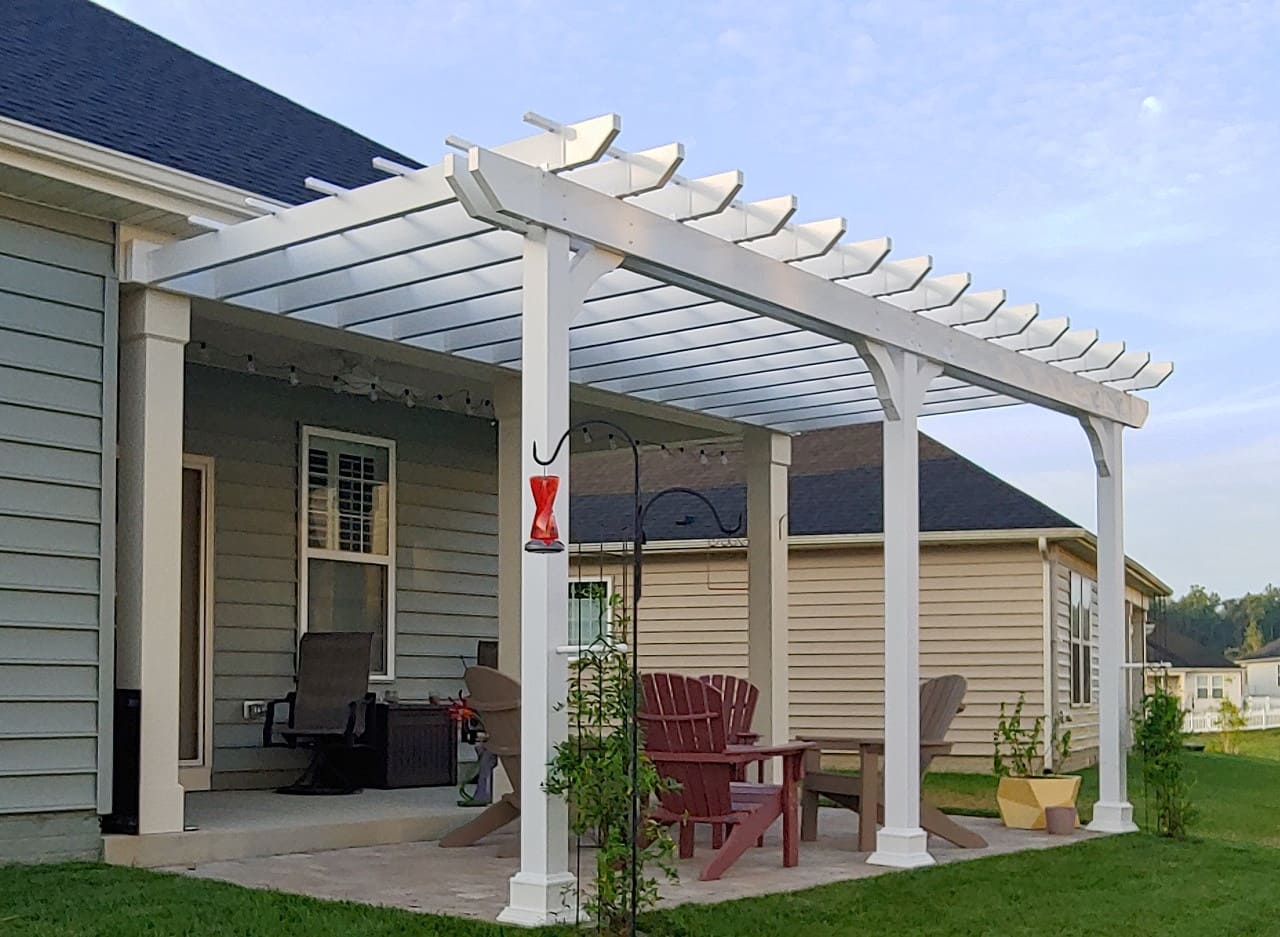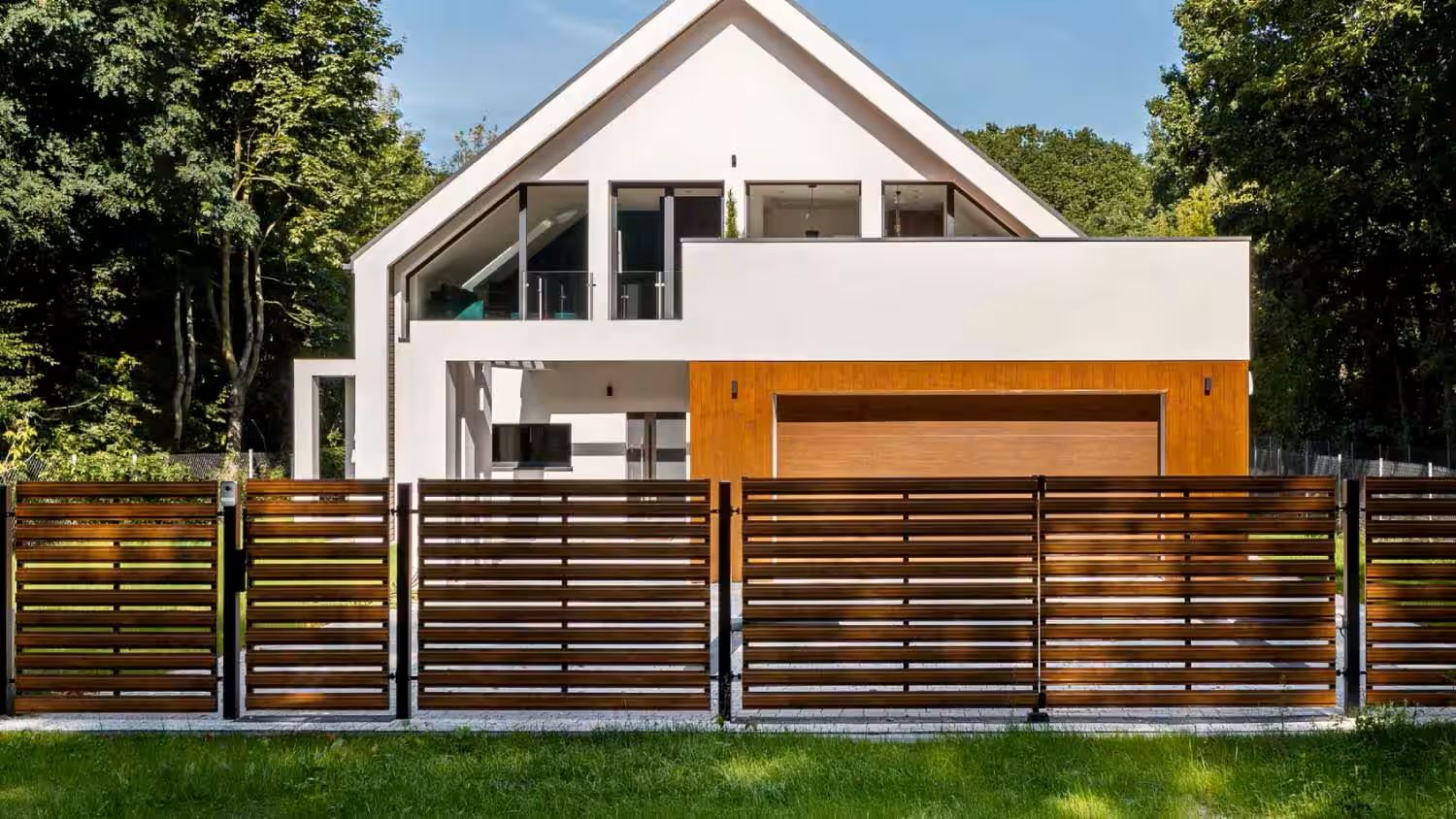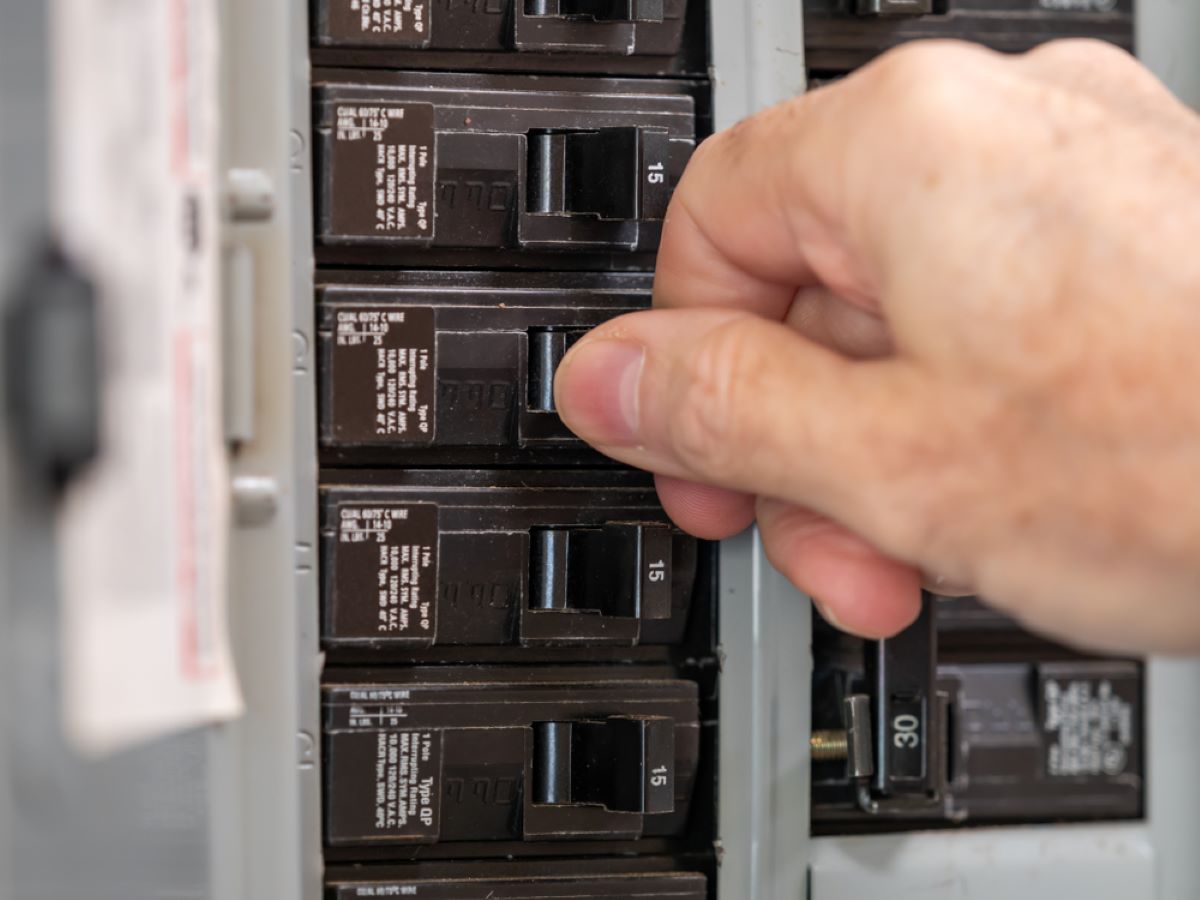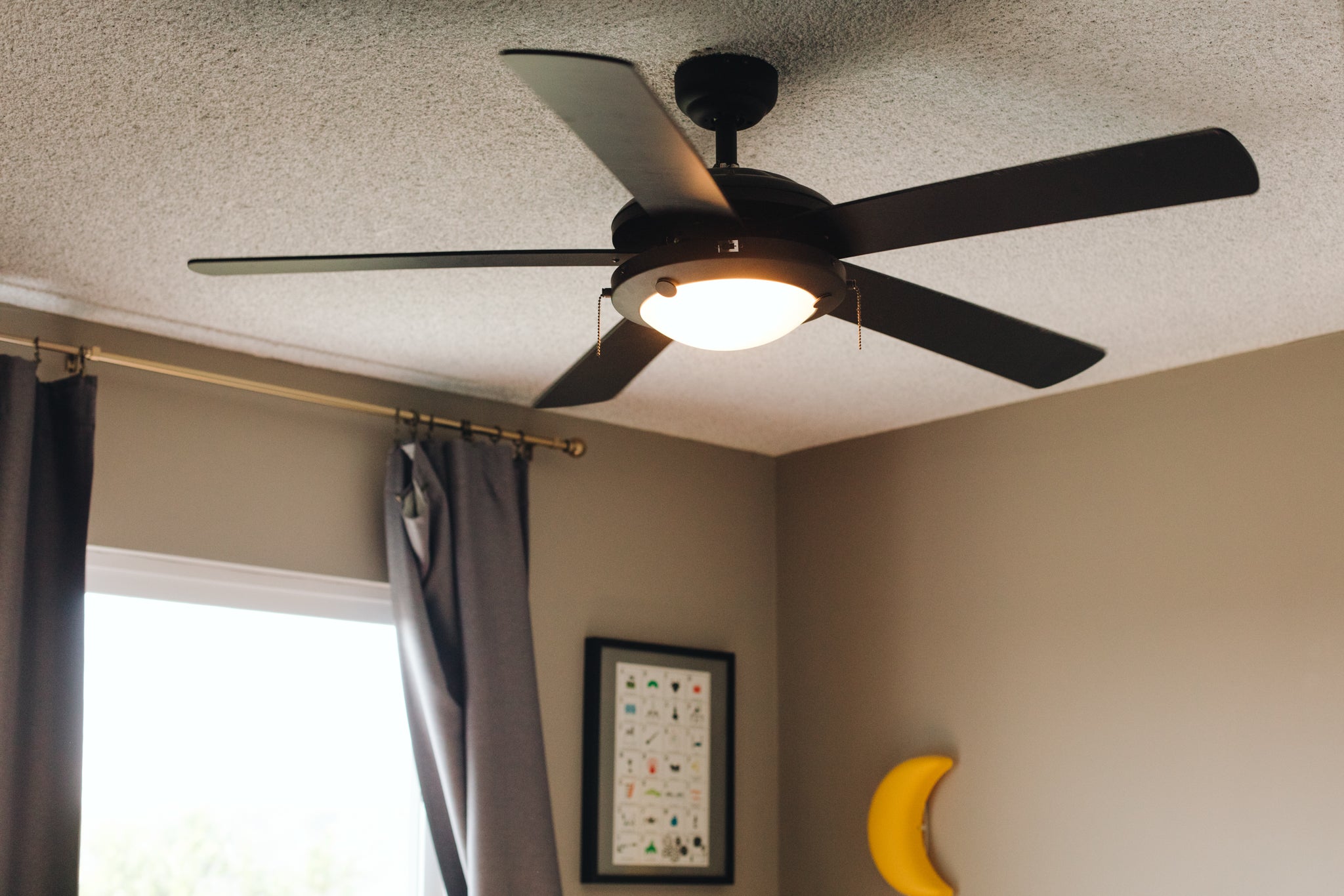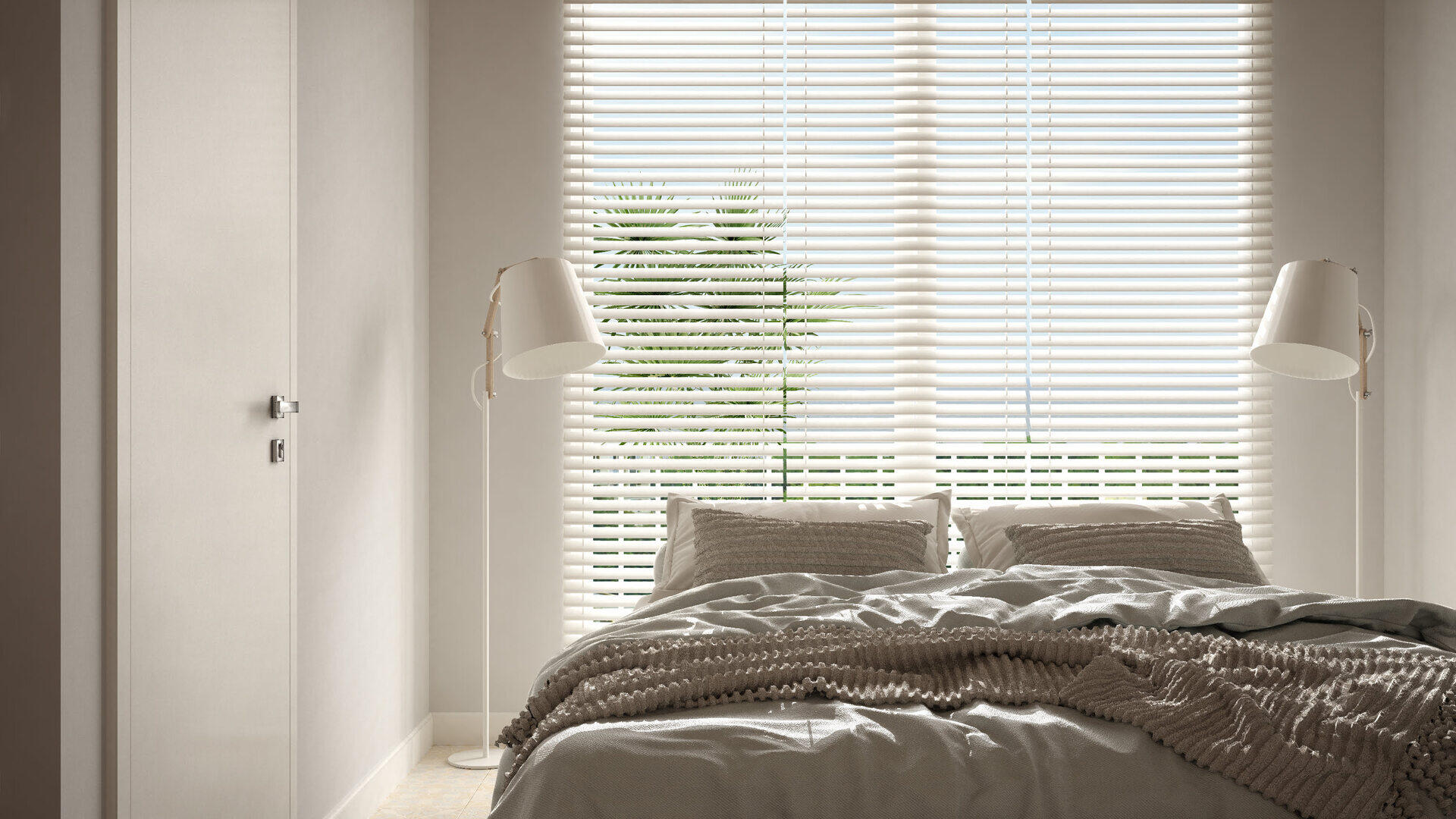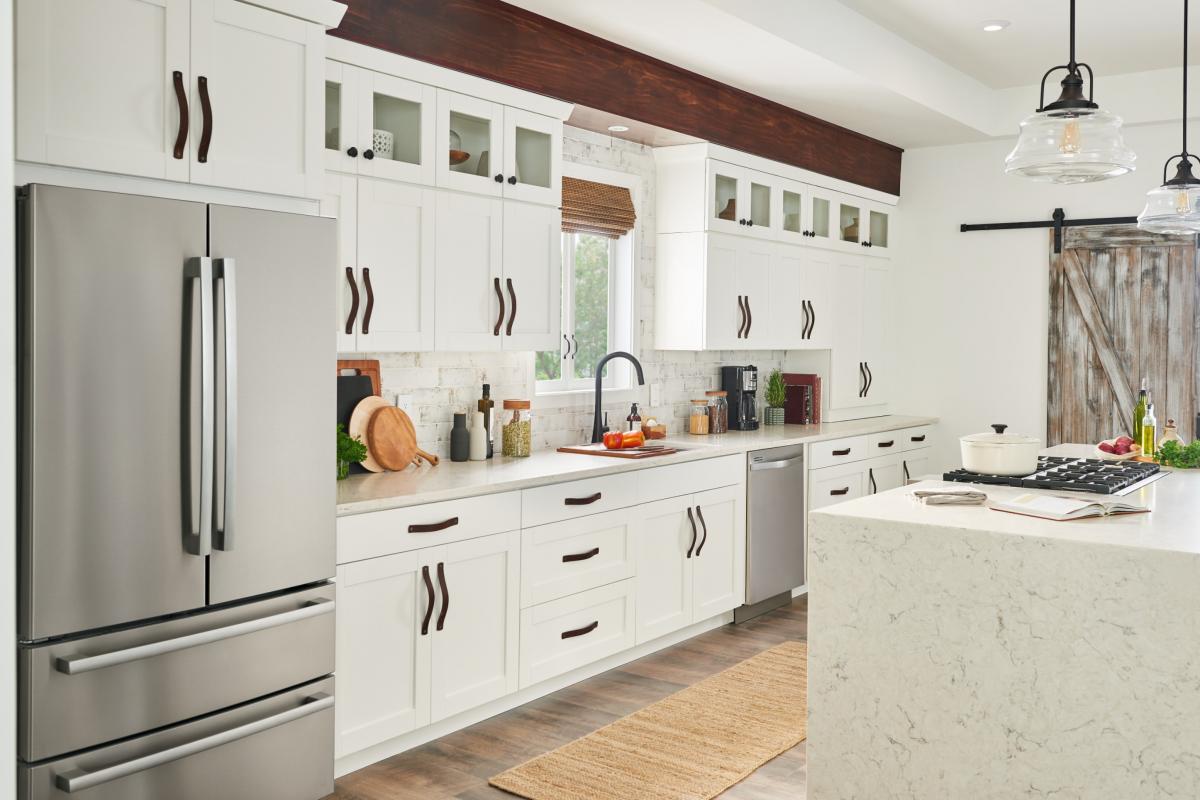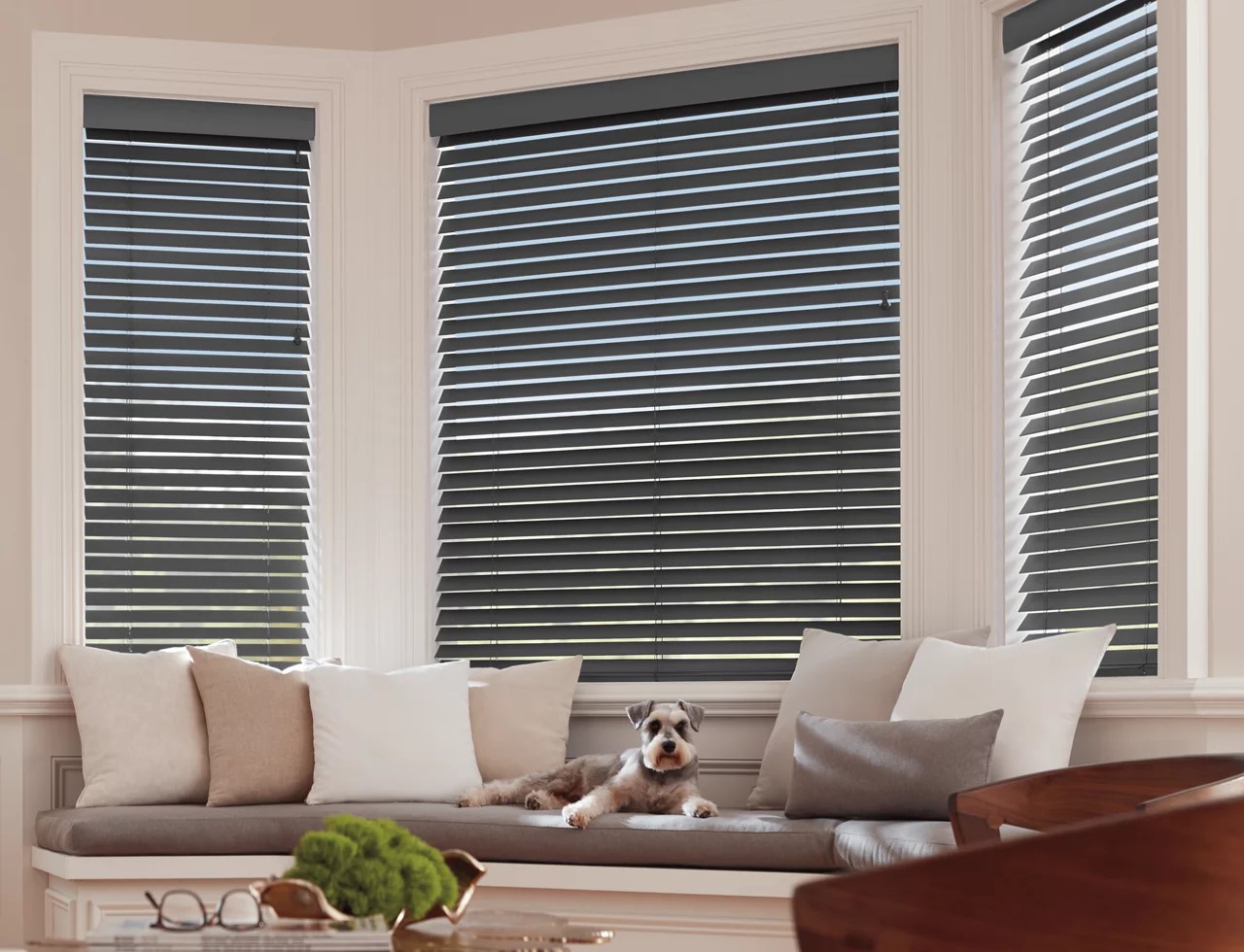

Articles
Which Way Should Blinds Go
Modified: August 28, 2024
Discover the best articles on which way blinds should go to maximize privacy and light control in your home. Get expert tips and advice on choosing the right blinds orientation.
(Many of the links in this article redirect to a specific reviewed product. Your purchase of these products through affiliate links helps to generate commission for Storables.com, at no extra cost. Learn more)
Introduction
Blinds are an essential part of any home or office decor, offering both privacy and control over natural light. When it comes to choosing blinds, one of the key decisions to consider is the direction in which they should go. This seemingly small detail can have a significant impact on the overall look and functionality of your blinds. In this article, we will explore the importance of blind direction and guide you through the factors to consider when making this decision.
Blind direction refers to the orientation in which the slats of the blinds are positioned. They can be installed either horizontally or vertically, depending on your preferences and the specific requirements of your space. It may seem like a simple matter of personal preference, but there are practical considerations to keep in mind.
Whether you opt for horizontal or vertical blinds, the direction you choose can affect the aesthetic appeal, light control, privacy, and even the perceived height of your windows. By understanding the implications of each option, you can select the blind direction that best suits your needs and enhances the overall ambiance of your living or working space.
So, let’s delve deeper into the importance of blind direction, examine the options available for horizontal and vertical blinds, and explore the factors that should be taken into account when making this crucial decision.
Key Takeaways:
- The direction of blinds, whether horizontal or vertical, impacts light control, privacy, and aesthetic appeal. Consider window size, interior style, and personal preference to make an informed decision.
- Horizontal blinds offer precise light control and versatility, while vertical blinds are ideal for larger windows and sliding doors. Consider functionality, aesthetics, and personal preference when choosing the direction of your blinds.
Read more: Which Way To Have Blinds For Privacy
Importance of Blind Direction
The direction of your blinds plays a vital role in determining the functionality and visual appeal of your windows. Here are some key reasons why blind direction is important:
- Light Control: The direction of the blinds affects how much light enters the room and how it is diffused. Horizontal blinds allow for more precise control over the angle of the slats, making it easier to regulate the amount of natural light coming through. Vertical blinds, on the other hand, are better suited for larger windows and offer greater flexibility in directing light.
- Privacy: Choosing the right blind direction ensures adequate privacy in your space. Horizontal blinds provide better privacy as the slats can be closed tightly, minimizing visibility from the outside. Vertical blinds are ideal for covering large windows or sliding glass doors, offering effective privacy when closed.
- Aesthetic Appeal: The direction of your blinds can significantly impact the overall look and feel of a room. Horizontal blinds create a traditional, classic look and work well in most spaces. Vertical blinds, on the other hand, give a modern and sleek appearance, making them suitable for contemporary interiors. The choice ultimately depends on your personal style and the existing decor.
- Perceived Height: The way you hang your blinds can also affect the perceived height of your windows. Horizontal blinds make windows appear wider, while vertical blinds can create the illusion of greater height. Consider the dimensions and proportions of your window and choose the blind direction that complements the overall design of the room.
- Customization: Depending on the chosen direction, blinds can be customized to fit your specific needs. Horizontal blinds can be easily trimmed to fit smaller windows, while vertical blinds can be adjusted to accommodate larger or irregularly shaped windows.
Considering these factors and understanding the importance of blind direction will help you make an informed decision when choosing the right blinds for your space. Now, let’s dive into the specifics of horizontal blinds and vertical blinds to see how their directions impact their functionality and aesthetics.
Horizontal Blinds
Horizontal blinds, also known as Venetian blinds, are a popular choice for many homes and offices. They consist of horizontal slats that can be adjusted to control light and privacy levels. The direction in which these blinds are installed greatly affects their functionality and aesthetic appeal.
When horizontal blinds are installed, the slats can be tilted up or down. The direction you choose for your horizontal blinds can have the following implications:
- Light Control: When the slats are tilted upwards, the light is diffused downward, providing better privacy while still allowing natural light into the room. On the other hand, tilting the slats downwards allows more light to enter the room, making it ideal for spaces that require ample natural lighting.
- Aesthetic Appeal: The installation direction of horizontal blinds can significantly impact the visual appeal of a room. If you choose to mount them inside the window frame, the blinds will be less noticeable when they are fully raised, creating a streamlined and minimalistic look. Mounting them outside the frame will make the blinds more prominent even when fully raised, adding a decorative element to the window.
- Practical Considerations: When deciding on the direction for horizontal blinds, it’s important to consider the functionality aspect. For example, if you have sliding glass doors or wide windows, it’s advisable to go with horizontal blinds as they provide more coverage and easier maneuverability.
Horizontal blinds are versatile and come in a variety of materials, colors, and slat sizes. This makes them a suitable option for different types of windows and interior styles. Whether you choose to tilt the slats upwards or downwards, horizontal blinds offer excellent light control and privacy while adding a touch of sophistication to your space.
Next, let’s explore the features and considerations of vertical blinds and their installation direction.
When installing blinds, the slats should tilt downwards to allow for privacy while still letting in natural light. This also helps to prevent dust from collecting on the top of the slats.
Vertical Blinds
Vertical blinds are a popular choice for larger windows, sliding glass doors, and spaces that require maximum light control and privacy. Unlike horizontal blinds, vertical blinds have slats that run vertically, offering a different set of advantages and considerations.
Here are some key points to keep in mind regarding the direction of vertical blinds:
- Light Control: Vertical blinds provide excellent light control as the slats can be rotated 180 degrees, allowing you to adjust the amount and direction of light entering the room. You can open them fully to let in maximum natural light or close them tightly for complete privacy.
- Sliding and Better Access: The vertical orientation of these blinds makes them more convenient for sliding doors or large windows. The slats can be easily pushed aside, providing unobstructed access to the door or window. This makes vertical blinds a practical and functional choice for spaces with frequent use of sliding doors.
- Sound Absorption and Energy Efficiency: Vertical blinds, when closed, create a barrier that can help reduce outside noise and block drafts, thus enhancing the energy efficiency of your space. This makes them particularly beneficial for rooms that require sound insulation or temperature control.
- Aesthetic Appeal: Vertical blinds offer a sleek and modern aesthetic that can complement contemporary interiors. They create clean lines and elongate the appearance of windows, making them suitable for spaces that aim to maximize the sense of height.
- Customization: Vertical blinds can be customized to fit windows of varying sizes and shapes. They are available in a wide range of materials, colors, and patterns, allowing you to find the perfect match for your decor style.
By considering these factors, you can determine the appropriate direction for your vertical blinds, ensuring optimal light control, privacy, and functionality in your space.
Now that we have explored both horizontal and vertical blinds, let’s move on to the important factors you need to consider when choosing the direction of your blinds.
Factors to Consider in Choosing Blind Direction
When making the decision on the direction of your blinds, it’s important to take into account several factors that can impact their functionality, aesthetics, and overall suitability. Here are some key considerations to keep in mind:
- Window Type and Size: The type and size of your windows play a significant role in determining the ideal direction for your blinds. For smaller windows, horizontal blinds are typically more suitable as they provide a classic look and efficient light control. Vertical blinds, on the other hand, are better suited for large windows, sliding glass doors, or windows with irregular shapes.
- Light and Privacy Needs: Assessing your specific light and privacy requirements will guide you in choosing the right blind direction. If you need enhanced light control or desire complete privacy, horizontal blinds with adjustable slats or tightly closed vertical blinds may be the best options. Consider the direction of sunlight and the level of privacy you desire to make an informed decision.
- Interior Style: Your choice of blind direction should align with the overall style and aesthetic of your space. Horizontal blinds tend to offer a more traditional and versatile look that complements various interior styles. Vertical blinds, on the other hand, are better suited for modern and contemporary spaces, adding a sleek and sophisticated touch.
- Functionality: Consider how you plan to use the blinds on a daily basis. If you have sliding glass doors or frequently open and close windows, vertical blinds offer convenient access and easy operation. Horizontal blinds are ideal for spaces where precise control over light angles and privacy levels is important.
- Personal Preference: Ultimately, your personal preference and taste should play a significant role in choosing the direction of blinds. Consider which direction appeals to you visually and aligns with your desired ambiance and functionality. After all, you want to feel satisfied and comfortable with your choice for the long term.
By considering these factors, you can make an informed decision that meets your specific needs and enhances the overall look and functionality of your space. It’s important to strike a balance between functionality, aesthetics, and personal preference to ensure maximum satisfaction with your chosen blind direction.
Now, armed with all this information, you can confidently select the ideal direction for your blinds and create a welcoming and stylish environment in your home or office.
Read more: What Way Should Blinds Face
Conclusion
Choosing the right direction for your blinds is an important decision that can significantly impact the functionality and aesthetics of your space. Whether you opt for horizontal blinds or vertical blinds, understanding the implications of each direction is essential in making an informed choice.
Horizontal blinds, also known as Venetian blinds, offer precise light control and are versatile in terms of fitting different window sizes and interior styles. The direction you choose for horizontal blinds can affect the amount of light entering the room, the level of privacy, and the overall look and feel of the space.
Vertical blinds, on the other hand, are particularly suitable for larger windows and sliding glass doors. They provide excellent light control, easy access to sliding doors, and a sleek, modern look. The direction of vertical blinds determines the orientation of the slats and influences the amount of light coming through and the overall aesthetic appeal.
When choosing the direction for your blinds, it is essential to consider factors such as window type and size, light and privacy needs, interior style, functionality, and personal preference. Striking a balance between these considerations will help you find the ideal blind direction that matches your requirements and enhances the overall ambiance of your space.
By taking the time to carefully consider these factors and understanding the impact of blind direction, you can create a space that is not only visually appealing but also functional and practical. Whether you prefer the classic appeal of horizontal blinds or the modern elegance of vertical blinds, selecting the right direction will ensure optimal light control, privacy, and a customized look that reflects your personal style.
So, take a step back, evaluate your needs, and make an informed decision regarding the direction of your blinds. With the right blind direction, you can transform any room into a comfortable, stylish, and functional space that suits your lifestyle and brings out the best in your windows.
Frequently Asked Questions about Which Way Should Blinds Go
Was this page helpful?
At Storables.com, we guarantee accurate and reliable information. Our content, validated by Expert Board Contributors, is crafted following stringent Editorial Policies. We're committed to providing you with well-researched, expert-backed insights for all your informational needs.
